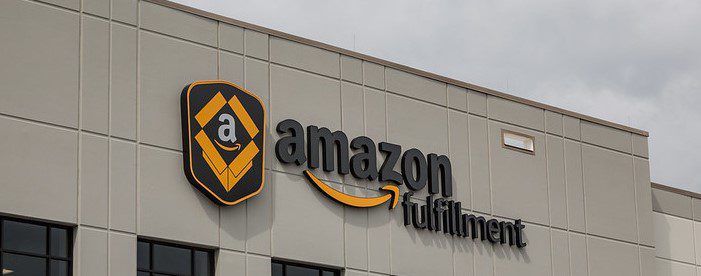
Taxpayers have been subsidizing every aspect of the company’s mammoth operations: offices, small and large warehouses, data centers, Whole Foods grocery stores, Zappos warehouses, the company’s movie and television productions—even a fashion studio in New York City. Subsidies include local property tax abatements for its warehouses, sales and use tax exemptions on servers and electricity Amazon buys for its Amazon Web Services (AWS) data centers, corporate income tax credits for investing or hiring, cash grants, or reimbursements for worker trainings.
The $3.7 billion figure is conservative and is not complete.
Amazon has grown increasingly secretive about its projects, we have noticed since our 2016 study, Will Amazon Fool Us Twice? The corporation asks governments to sign confidentiality agreements, which prevent public officials from disclosing details about Amazon projects. Many of its projects are filed in the name of Amazon’s developers, the landowner or an LLC formed solely for a project. So Amazon’s name may not appear in the application or award records, even though it is the beneficial owner.
Even though subsidy disclosure has improved over the decades, there are still big gaps in transparency, especially on the local-government level. Many localities do not provide any online disclosure of their incentive programs or bury subsidy agreements within city or county council meeting minutes (sometimes appearing on a consent agenda and involving little to no public discussion even as the agreement has been negotiated for months if not years). On the state level, too often officials do not track or disclose sales or utility tax exemptions given to data centers. Though known best for its e-commerce marketplace, Amazon is the world’s largest cloud computing provider. Like all such operations, AWS centers create few permanent jobs and thus limited opportunities for local residents.
Finally: in this pandemic-induced surge in e-commerce traffic, it is very difficult to keep up with Amazon’s growth. The company has been building or acquiring warehouses with an incredible speed. It has reportedly opened more than 100 warehouses this year and is now hiring about 1,400 new employees per day, most of them for warehouses and delivery.
So, what should we do?
First, state and local governments should stop subsidizing Amazon or any e-commerce giant. Full stop. As we documented before , Amazon builds its fulfillment centers where it makes sense for its Prime business model — close to its affluent customers and next to highways, airports and ports. Subsidies do not play a decisive role in company site location decisions.
The company has been making record profits during the pandemic and does not need any aid from the public sector. The company should voluntary suspend all of its subsidy agreements. State and local governments could then redirect that money to help small businesses stay afloat and residents who lost their jobs to pay bills and buy necessities.
Second, state and local governments need to improve transparency around these deals. There are tradeoffs to giving businesses subsidies – less revenue for schools, roads, or unemployment benefits. The data should be easy to find, understand and use and include the total extent of all state and local assistance.
Third, the Financial Accounting Standards Board (FASB), which sets accounting and financial standards for companies and nonprofits following generally accepted accounting principles (GAAP), should issue its long-awaited rule that would require corporations to include in their Securities and Exchange Commission (SEC) filings the value of tax breaks they receive from governments (we would urge that this information also be broken down by state). Implementing this rule would go a long way toward understanding how much taxpayers subsidize corporations.
Finally, we as individuals need to be mindful of where we spend our money. When we buy on Amazon (or through any other big e-commerce company), our dollars leave our communities. Instead, if possible under current conditions, we should try to support our local grocery store, bookstores, toy stores, and pharmacies. By spending our money locally, at those local stores, we ensure that the money circulates longer in our community creating real opportunities for our neighbors.